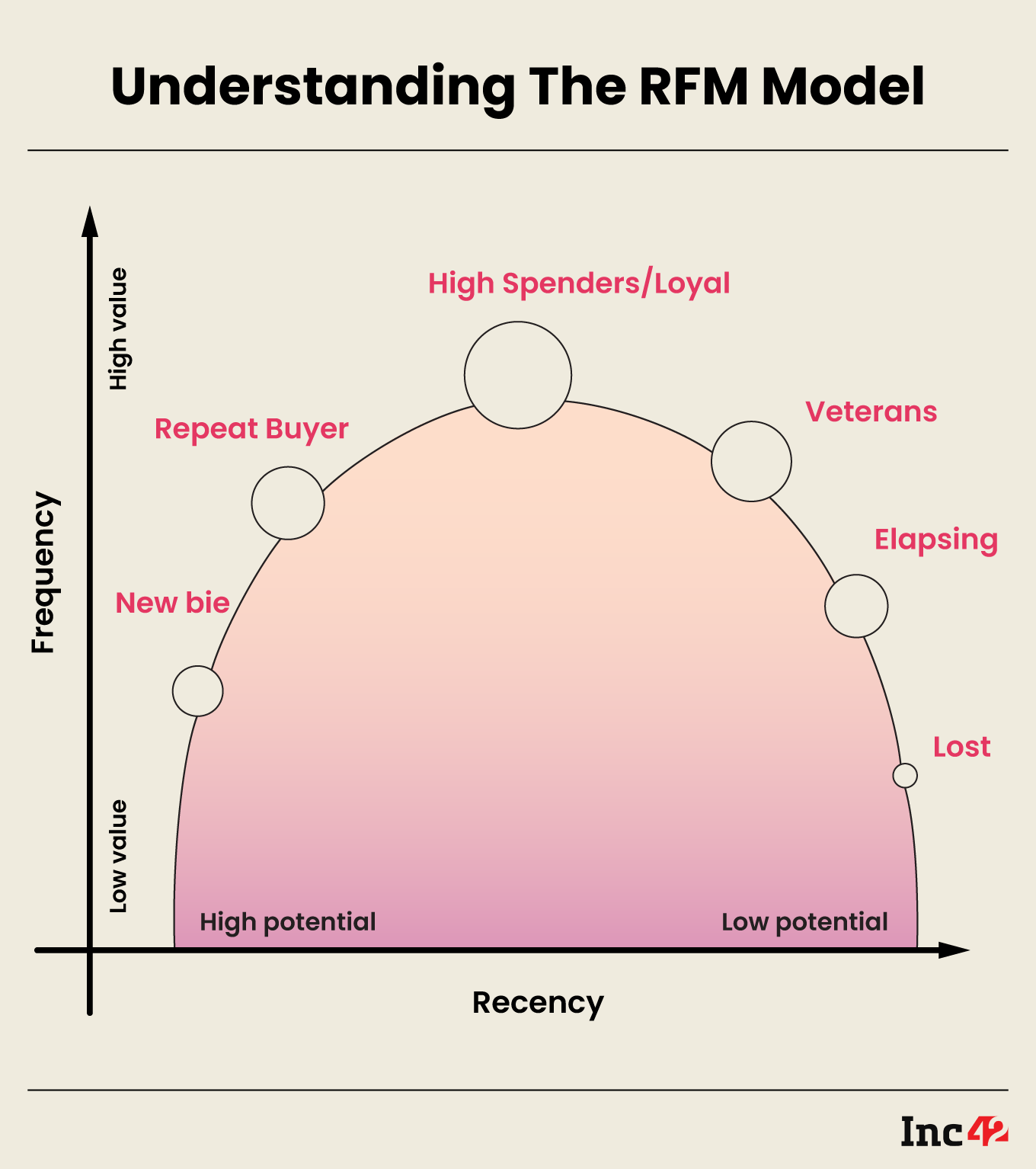
SUMMARY
Businesses can leverage the RFM Model to create personalised email messages that increase revenue and incentivise customer behaviour
By mapping out where each of your customers falls on the RFM graph, you can better understand their behaviour and create targeted email flows to increase revenue
However, advanced segmentation and retention models only make sense to a certain degree. The real focus should be on the email itself
Do you ever feel like your email marketing is falling flat? You may have hired a marketer who simply relies on templates and lacks creativity. Or perhaps you’re struggling to come up with unique email flows that will actually increase revenue for your business. Either way, it’s time to take a step back and reassess your email marketing strategy.
Today, I want to share with you a model that’s often mentioned in the direct response space: the RFM (Recency, Frequency, Monetary Value) Model. This model can help you identify the different stages of your customers’ lifecycles and create personalised email messages that will increase revenue and incentivise customer behaviour.
If you hated math in school and don’t understand anything, take a moment and stare at the graph for a second.

Allow me to clarify this for you.
How Does RFM Analysis Work?
According to Jay Abraham, there are only three methods to expand your business: increase the number of customers, increase the average order value per customer, and increase the frequency of purchases.
The formula is straightforward:
Total Revenue = Customers X Frequency (average number of orders) X AOV.
Since this formula prioritises customer retention, we are interested in the recency and frequency components of the equation.
The RFM model stands for recency, frequency, and monetary value. By mapping out where each of your customers falls on the RFM graph, you can better understand their behaviour and create targeted email flows to increase revenue.
For example, someone with R0 (days since the last purchase) has high potential, while someone with R1000 (days since the last purchase) is a much lower potential. Similarly, someone with F1 (total purchases) is a low-value customer, while someone with F7 is a VIP, high-value customer.
With RFM, you can divide your customers into four buckets:
- Low Value + High Potential
- High Value + High Potential
- High Value + Low Potential
- Low Value + Low Potential
Customer Segmentation Using RFM
So, where do you want your customers to be on the RFM graph? The answer is high value + high potential, which are the big bubbles on the graph. To get there, you’ll need to come up with unique email flows that are tailored to your business model and customer behaviour.
For example, if you run a subscription business, you should integrate with platforms like ChargeBee and create flows for post-purchase, subscription cancellation, and expired credit cards. Additionally, you should consider upsells, down sells, cross-sells, and replenishments to increase LTV.
But remember, advanced segmentation and retention models only make sense to a certain degree. The real focus should be on the email itself. If your emails are trash, it won’t matter how many flows, conditional splits, and triggers you have. Focus on crafting unique copy with a voice that resonates with your customers. By doing so, you’ll be well on your way to creating a successful email marketing strategy that drives revenue and incentivises customer behaviour.
So, what are you waiting for? Take a closer look at your email marketing strategy today and start implementing the RFM model to take your business to the next level.
Tool Of The Week: Chargebee
It is a subscription management and recurring billing tool that automates billing, invoicing, and subscription management processes. It offers flexible pricing plans, and subscription management, and integrates with popular payment gateways and CRMs. Chargebee also provides reporting and analytics capabilities.































